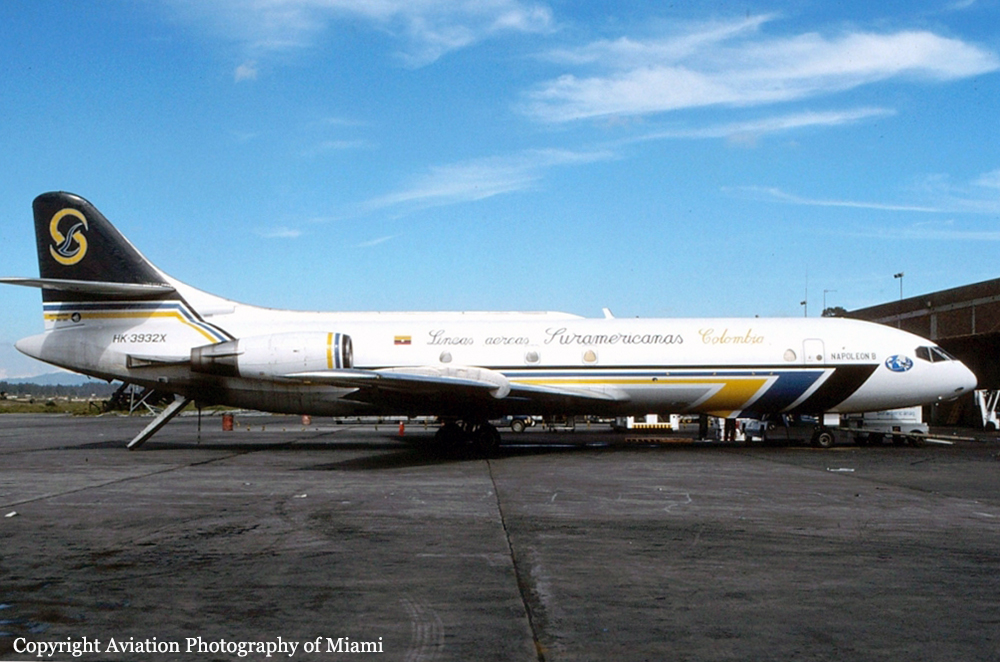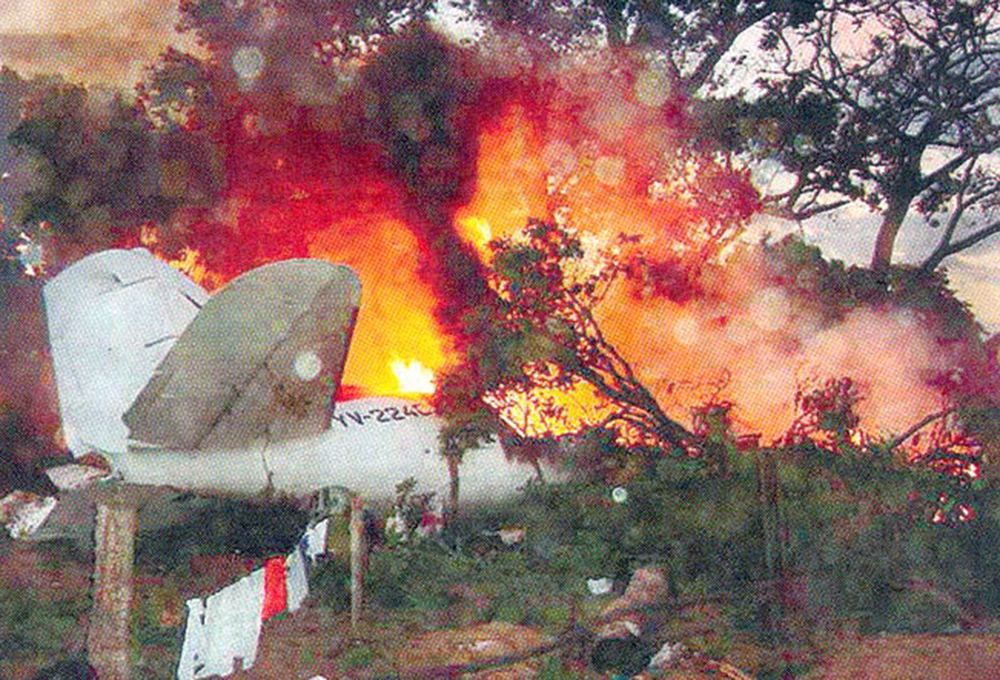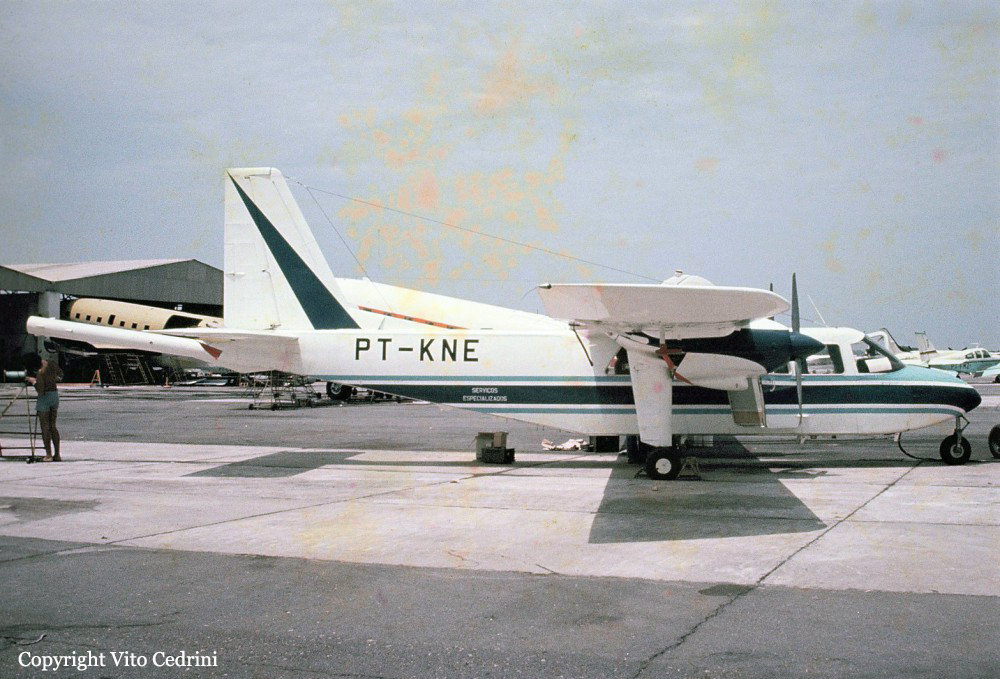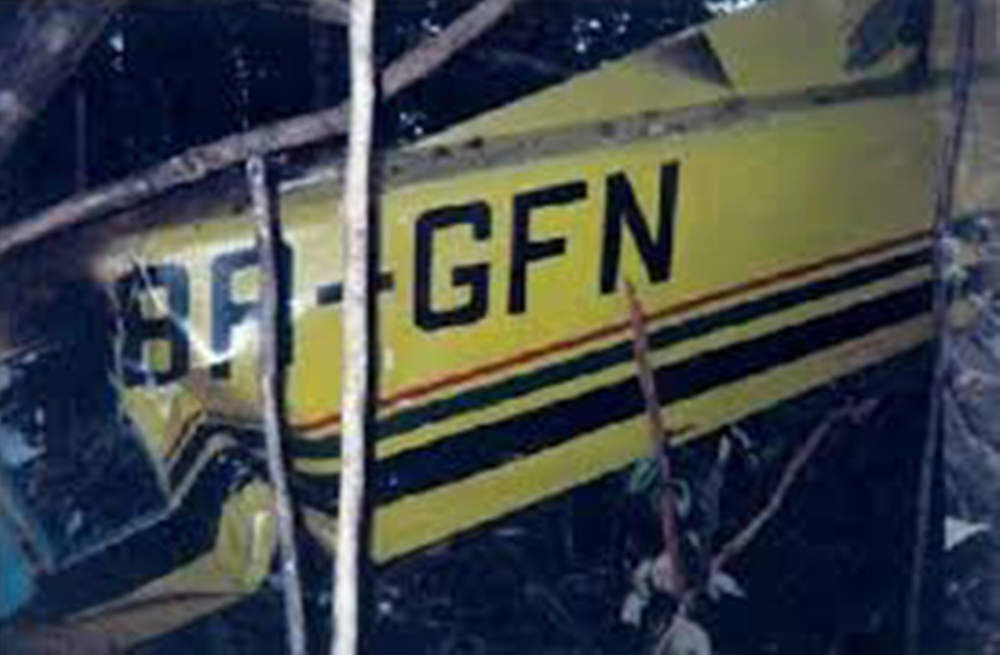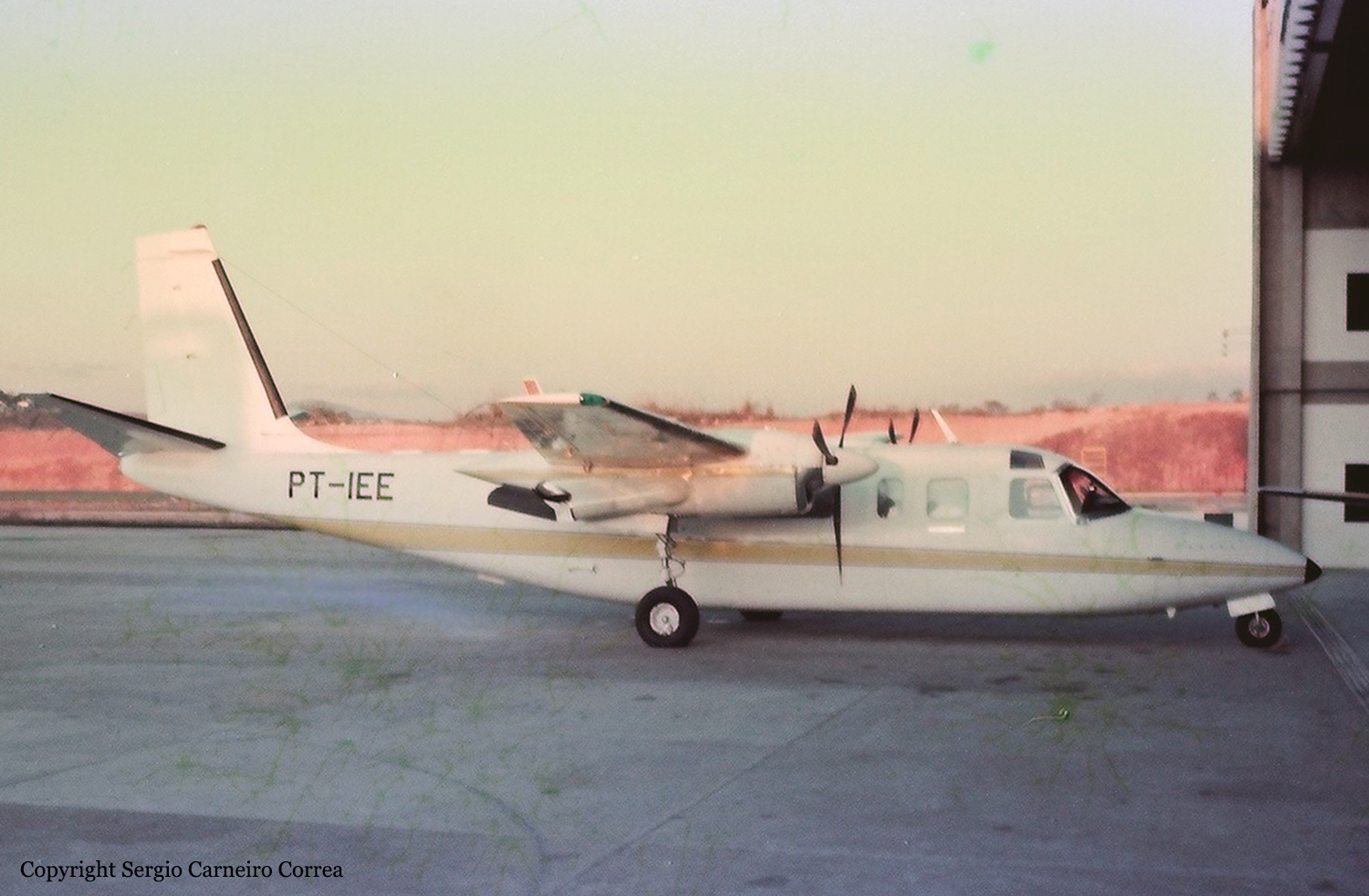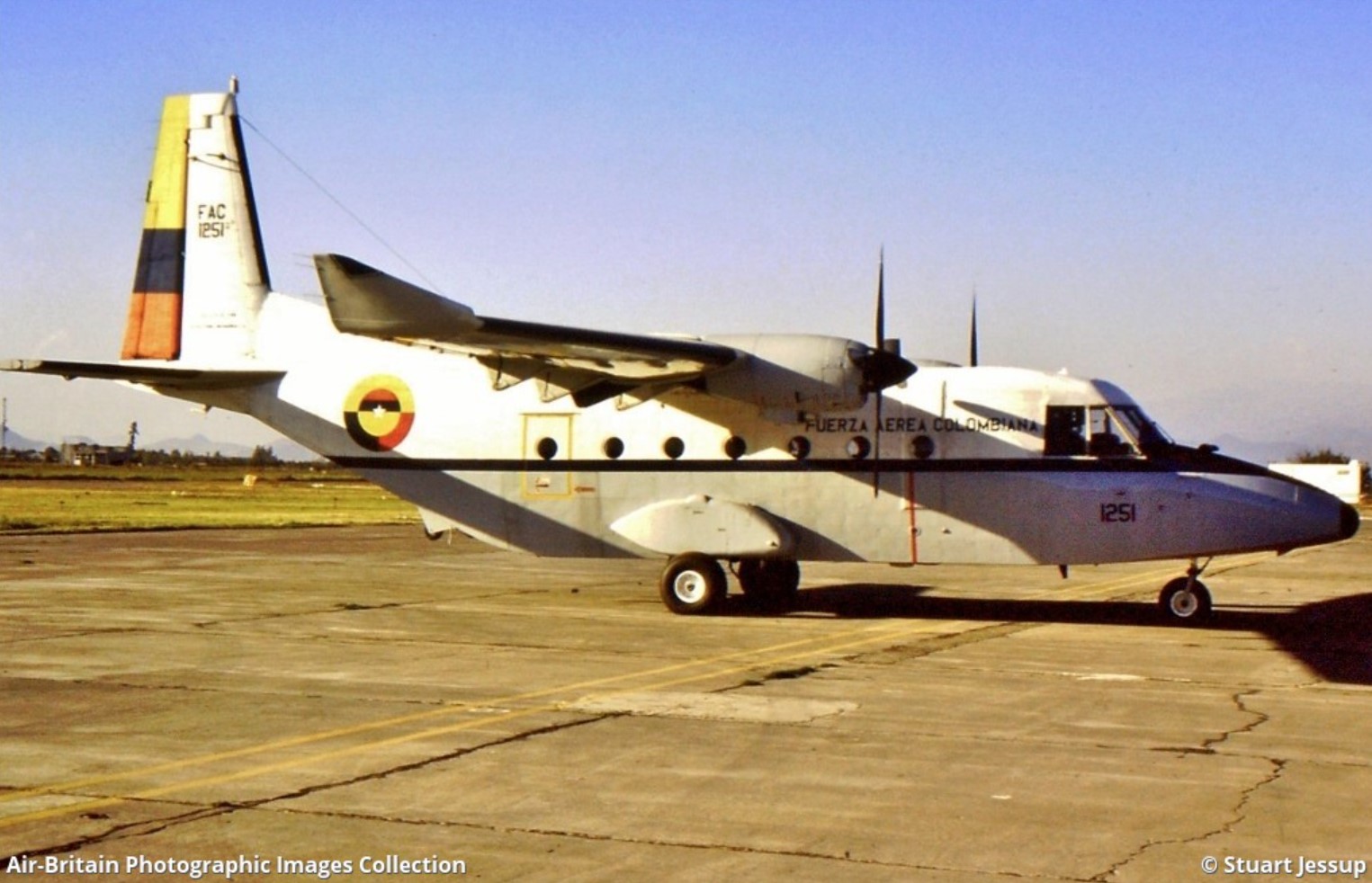Crash of a Sud-Aviation SE-210 Caravelle 10B1R in Yopal: 3 killed
Date & Time:
Jan 31, 2001 at 1649 LT
Registration:
HK-3932X
Survivors:
Yes
Schedule:
Bogotá – Yopal – Mitú
MSN:
201
YOM:
1966
Crew on board:
3
Crew fatalities:
Pax on board:
3
Pax fatalities:
Other fatalities:
Total fatalities:
3
Captain / Total hours on type:
2320.00
Copilot / Total hours on type:
320
Aircraft flight hours:
24072
Circumstances:
The aircraft departed Bogotá-El Dorado Airport on a cargo flight to Mitú via Yopal, carrying three passengers, three crew members and a load consisting of 14 drums of fuel. On approach to Mitú-Fabio A. León Bentley, the aircraft was too low. On short final, the left main gear struck a fence and was torn off. A hydraulic failure occurred and the captain decided to divert to Yopal Airport for an emergency landing. While descending to Yopal Airport, following a holding pattern to burn fuel, the right engine failed. The aircraft lost height and crashed 7,9 km short of runway 05. Three people were rescued while three others including one crew member were killed.
Probable cause:
Low situational alert by the pilot-in-command during the final stage of the approach to Mitú Airport and his failure to adequately plan the approach to Yopal Airport during an emergency situation. The following contributing factors were identified:
- Passive attitude of the crew, especially the captain during critical situation,
- Poor crew resources management,
- Lack of crew communication,
- Relative low copilot experience.
- Passive attitude of the crew, especially the captain during critical situation,
- Poor crew resources management,
- Lack of crew communication,
- Relative low copilot experience.
Final Report:
